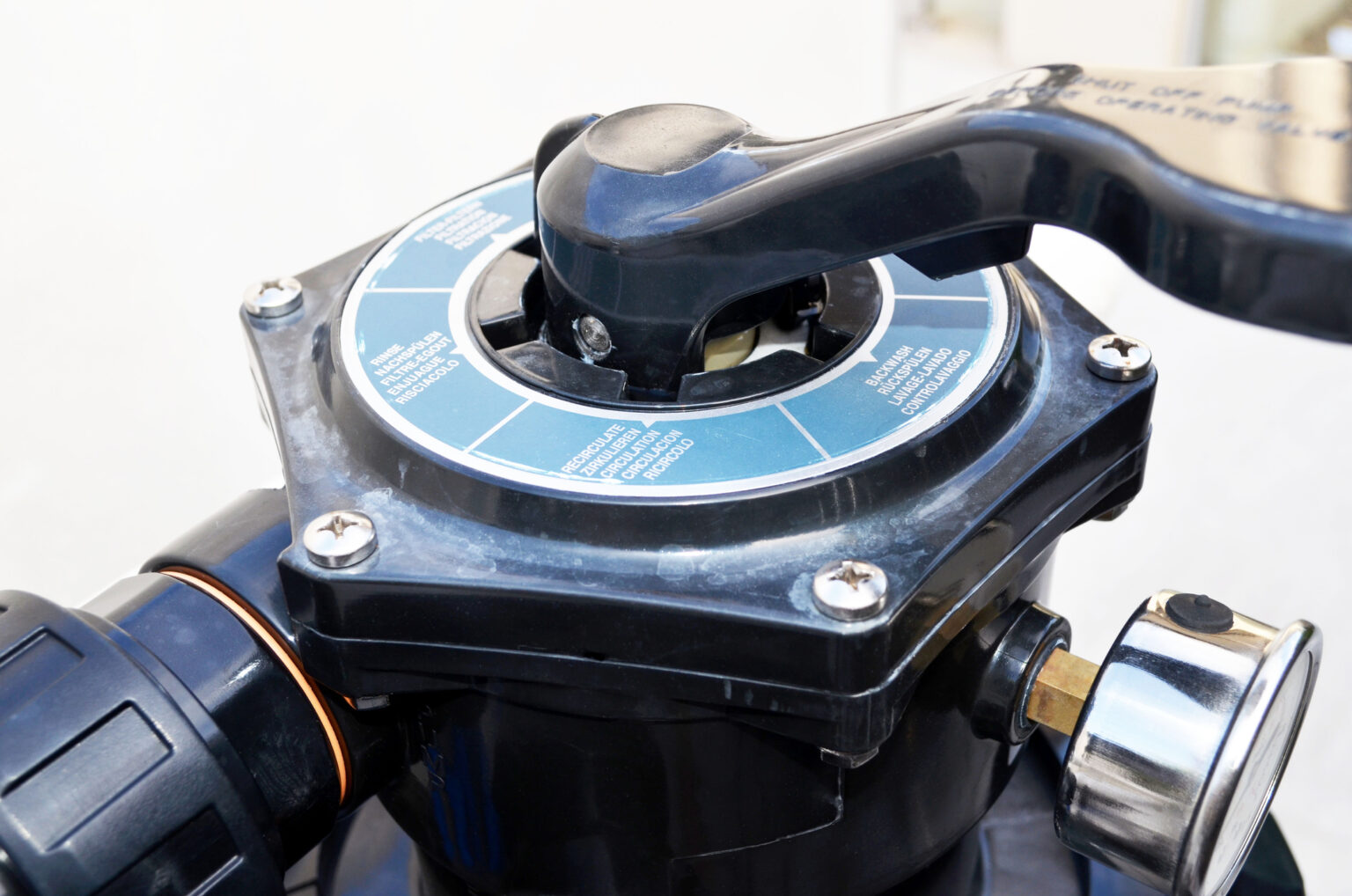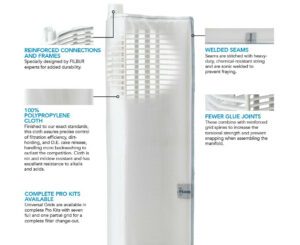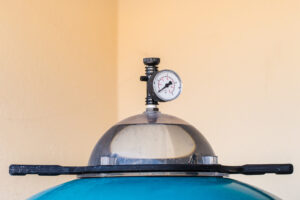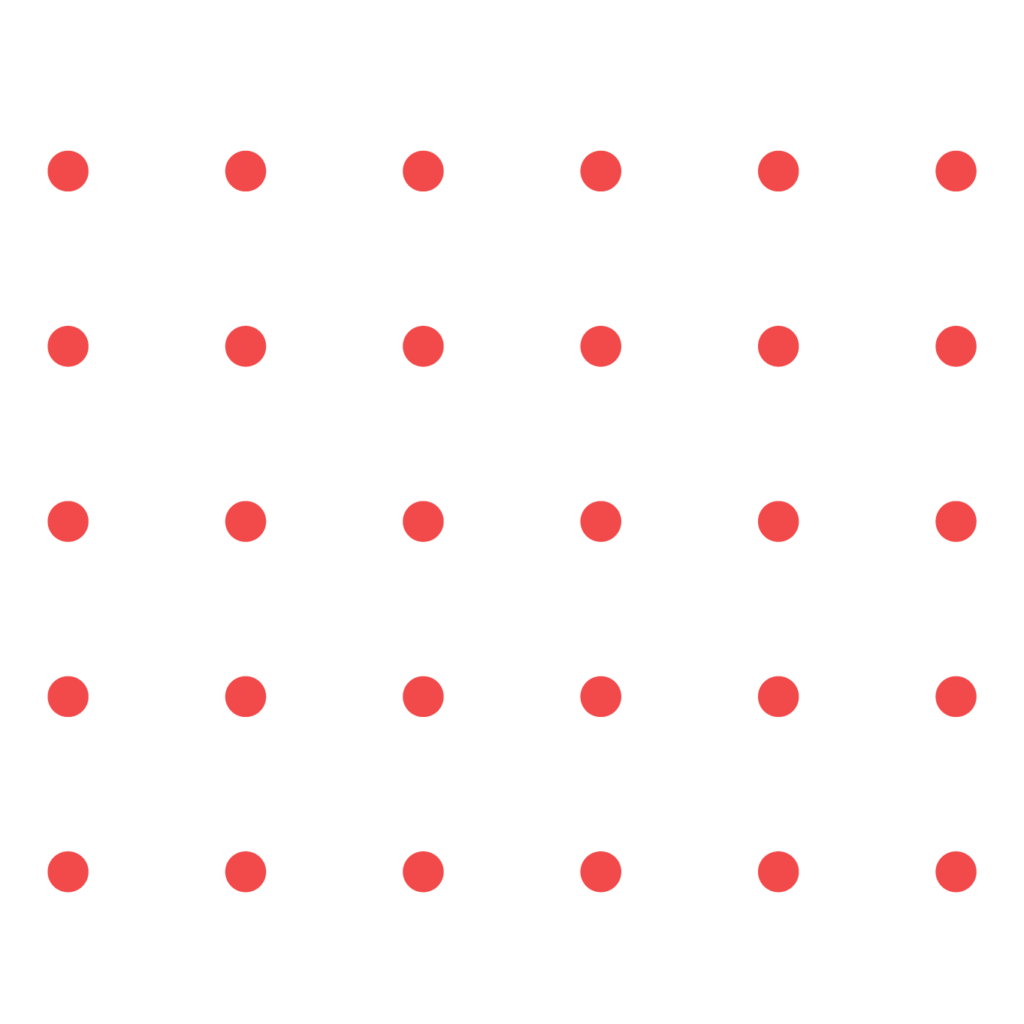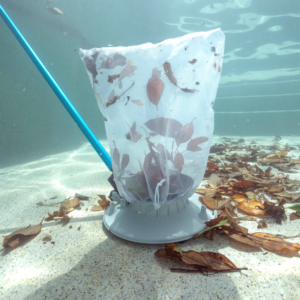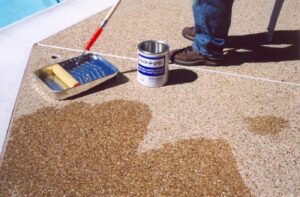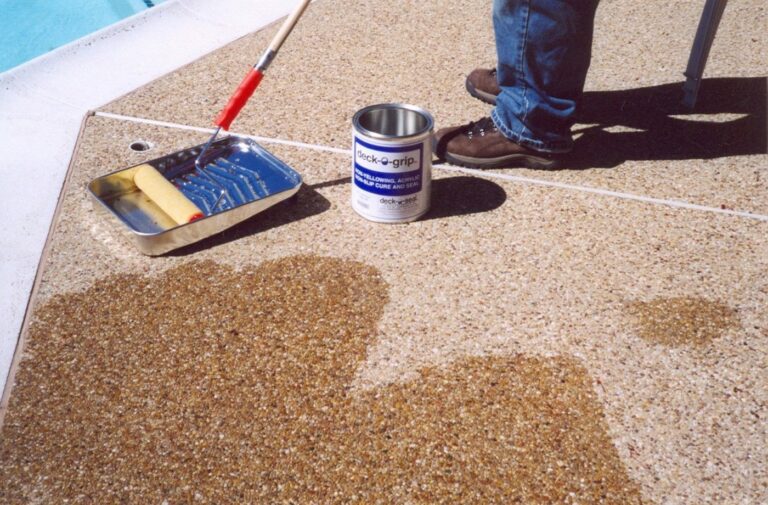Maintaining a clean and well-functioning pool filter system is crucial to ensuring optimal water quality and overall pool performance. For pool owners who have a sand or DE (diatomaceous earth) filter, one essential maintenance task is backwashing the pool filter, which removes accumulated debris and contaminants. However, backwash problems can sometimes arise, hindering the filter’s efficiency and compromising its performance. By understanding the issues that can emerge and implementing appropriate solutions, pool owners and maintenance professionals can maximize the efficiency and longevity of their filtration systems.
Understanding Diatomaceous Earth (DE) Filters
Diatomaceous earth filters are highly efficient at removing small particles and debris from pool water. DE filters employ a fine powder made from fossilized diatoms as the filter media. This powder is coated onto a series of grids or screens, forming a porous layer that captures even the tiniest impurities (as small as 3 microns).
Backwash Problems
DE Cake Problems
One common issue with DE filters is the formation of an uneven or damaged DE cake on the filter grids. An improperly formed DE cake can lead to reduced filtration efficiency and increased backpressure.
Clogging and Clumping
If the DE powder is not evenly distributed across the filter grids or if excessive amounts are added during the recharge process, it can result in clogging and clumping. This obstructs the flow of water through the filter, reducing its effectiveness.
Troubleshooting DE Filter Backwash Problems
Proper DE Cake Formation
When recharging the DE filter, ensure that the DE powder is evenly distributed across the filter grids. Follow the manufacturer’s guidelines for the appropriate amount of DE powder to use. Avoid overcharging the filter, as this can lead to clogging and hamper filtration efficiency.
Regular Cleaning
Periodically clean the filter grids to remove any accumulated debris and residual DE powder. Gently rinse the grids with a hose, taking care not to damage the filter media or grid structure.
Inspect and Replace Damaged Grids
Regularly inspect the filter grids for signs of wear, tears, or other damage. Damaged grids should be promptly replaced to maintain optimal filtration performance.
When it comes to replacement grids, not all grids are created equal, even if they look similar. FILBUR™ grids are known for their exceptional durability, reinforced connections and frames, and custom-designed polypropylene cloth, which allows for precise filtration efficiency and dirt-holding capabilities. With heavy-duty blue stitching, FILBUR grids are easily recognized and have a longer lifespan.
What truly distinguishes FILBUR DE grids is the company’s unwavering commitment to using only the highest quality materials and process-controlled manufacturing. This dedication has earned FILBUR recognition as the number one choice for genuine replacement grids. In fact, a leading distributor compared FILBUR grids to competitors and found they outperformed them in dirt-holding and pressure drop. FILBUR DE grids are unmatched in the industry in terms of filtration performance, durability, and construction.
Understanding Sand Filters
Sand filters are widely used in residential and commercial swimming pools due to their affordability and ease of maintenance. These filters utilize a bed of specially graded sand as the filtration medium to remove impurities from the pool water. Over time, the sand bed becomes saturated with debris and contaminants, requiring regular backwashing to flush out the accumulated waste.
Backwash Problems
Inadequate Backwashing
In some cases, the backwashing process may not effectively clean the sand bed, leading to reduced filtration efficiency. This can occur due to insufficient backwash time, low water pressure, or clogged or damaged backwash valves.
Channeling
Another common issue is channeling, where water follows the path of least resistance through the sand bed, bypassing the majority of the filter media. This occurs when the sand bed is unevenly distributed or when there are broken or worn-out lateral pipes.
Troubleshooting Sand Filter Backwash Problems
Backwash Time and Pressure
Ensure an adequate backwash time, typically 2-3 minutes, to allow thorough cleaning of the sand bed. Verify that the water pressure during backwashing is within the manufacturer’s recommended range to achieve the necessary agitation.
Backwash Valve Maintenance
Regularly inspect and clean the backwash valve to ensure it is functioning properly. Replace any damaged or worn-out components to prevent water leakage or inadequate flow during backwashing.
Sand Bed Inspection
Periodically examine the sand bed for signs of channeling, uneven distribution, or clumping. If channeling is present, carefully remove the sand and redistribute it evenly. Consider replacing the sand every five to seven years, as it may become worn and less effective over time.
Regular maintenance and troubleshooting of pool filters are crucial for achieving optimal filtration performance and maintaining clean and healthy pool water. By understanding the potential problems that can arise during the backwashing process for sand and DE filters, pool owners and maintenance professionals can effectively troubleshoot and resolve issues, ensuring the filters operate at their peak efficiency. Remember to consult the manufacturer’s guidelines and seek professional assistance when necessary to address any complex filter problems and maintain a pristine pool environment.
Ineffective Pre-Filtration
If your pool filter is struggling to effectively remove debris during backwashing, it can sometimes be attributed to inadequate pre-filtration or irregular maintenance.
Implementing effective pre-filtration methods, such as using quality skimmer nets, leaf traps, or automatic cleaners, can significantly reduce the amount of debris that reaches the pool filter. Regularly clean these pre-filters to maintain their efficiency.
Purity Pool is the go-to source for top-quality swimming pool maintenance tools. As a leading manufacturer of scoops, skimmers, leaf rakes, tile scrubbers, stain removers, and other specialty products, Purity Pool caters to pool service professionals and pool owners who demand the very best. With a commitment to using only the finest materials and construction techniques, these durable pool tools deliver effective, lasting results that help keep pools cleaner.
Water Tech™ Volt® 550 LI offers pool owners the ultimate in cleaning automation. Volt is programmable for daily or weekly cycles and runs on a rechargeable lithium battery that can be run daily for 30 minutes for a whole week, or for 4 hours in a single day. This cleaner filters 7200 gallons of water per hour and is very customizable, allowing for a range of cleaning options (for example, it can be set to clean just the floor or the pool walls and the floor). One of the most convenient features of the Volt is its self-entering sensor. It senses when it leaves the pool and has to return. This frees up the pool owner’s time as they don’t have to keep an eye on the pool cleaner. Users simply program their preferred cleaning settings. The retrieval hook can be used to pull the cleaner from the water once the cleaning session has finished.
Discover the premier pool and spa products in the industry. Our team is dedicated to bringing you the best options available in the market while also empowering you with valuable knowledge. Get in touch with us at hello@alphawest.com for more information about the manufacturers we represent.

